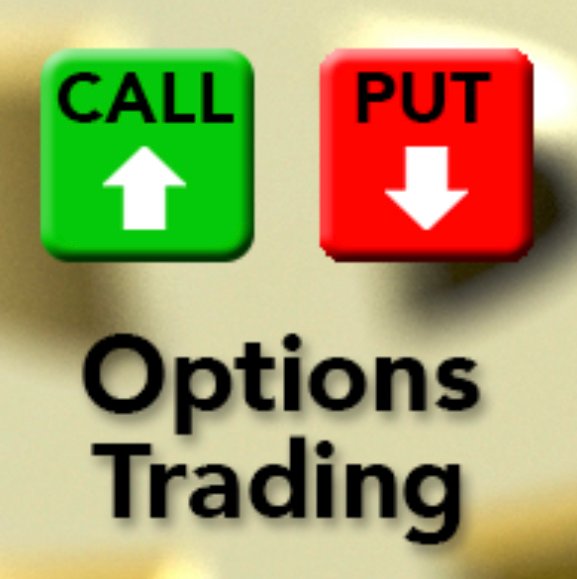
Option spreads are frequently two out-of-the money strike price positions well above the current price of the stock in most cases. Such as if Apple was priced at $300.00, high probability, out-of-the money option traders would both sell the 380 strike and buy the 390 strike. They sell the 380 strike to people who buy that strike as a low probability but high return bet. The option spread trader then buys the 390 as protection just in case the stock price does increase above 380, they have the right to buy it at 390, which limits their losses when they have to sell it at 380 to the buyer they sold the 380 strike to. The 380 strike is a low probability event, meaning there’s a very small chance of the stock moving from $300 to $380. So for the option spread trader it’s considered a high probability trade meaning, there’s a high probability that the stock won’t reach 380 and therefore the 380 strike option you sell won’t be exercised and you get to keep the premium paid to you.
This type of out of the money trading is also called high probability trading.
In contrast to this “in-the-money“ trades are by definition below the market for calls or above the market for puts. In the same example of Apple, if it’s price was $300 the strike prices for an in the money call trade would be below $300, like a strike price of $290 or $295. Now in general the premiums for “in the money” strikes are greater then “out of the money” strike prices which are higher then the current price. So the credits are higher. The strategy for call spreads is to hold the spread until the market price moves lower the the strikes of the spread in a bear market. In the case of put spreads the strategy is the opposite, your strikes are higher then the current price, but because they are puts, they are considered “in-the-money” and you wait until the market moves the prices above your strike prices in a bull market.
The concept common to both ITM ( in the money) call spreads and ITM put spreads is that you buy enough time for the market to move, so that your “in-the-money” spreads become “out-of-the money“ spreads. It’s an interesting strategy that I stumbled into and then after searching the Internet found other traders doing it. However I caution you to trade it in the SPX only to start for reasons explained below.
It’s much different from the popularly taught strategy of high probability out-of-the money spreads with smaller premiums and smaller credits, and in America style options early exercise can occur creating a situation where you have manage a different type of trade. But for European style options there is no early exercise, so you get the time for the market to move in your favor or you close and exit the trade.
✍️ written by Shortsegments
“Knowledge, it never spoils or goes out of style. It’s always new and refreshing to the uninformed.”
-Shortsegments

Read other articles by me on the Steemit Social Media Platform, where writers get paid for their content by the community by upvotes worth the cryptocurrency, called Steem.
Please follow my Twitter Feed Here

**Shortsegments is a blogger or writer on the Steemit platform, where writers, photographers and video bloggers, along with other content producers get paid for posting their content. Steemit is a decentralized social media platform on a blockchain called Steem. A very important difference between Steemit and centralized platforms like Facebook, Instagram or YouTube, is that there isn’t a central authority or owner to take your account away from you and your account can’t be deleted. You are the owner of your account.

Thank you. You always bring new things about trading and options. I value your work and love your publications. Sometimes I do stock analysis. Maybe I will publish some of my analyzes.
Downvoting a post can decrease pending rewards and make it less visible. Common reasons:
Submit
Its a bit tough to understand the options selling strategies. Those who understand the options greek make the most money from the markets.
Downvoting a post can decrease pending rewards and make it less visible. Common reasons:
Submit